4 March 2025
Ever wondered what goes on behind the glowing screens and roaring crowds of esports tournaments? You watch the highlights, see the flashy plays, and maybe even have a favorite player you root for. But there’s a whole world beyond the dazzling performances you see on Twitch or YouTube streams. Life as part of an esports team isn’t all fun and games (pun intended). It’s packed with intense schedules, mental prep, and team bonding moments.
Ready to dive into the nitty-gritty of what a day in the life of an esports team looks like? Let’s pull back the curtain and see how gamers level up—literally and metaphorically—every single day. 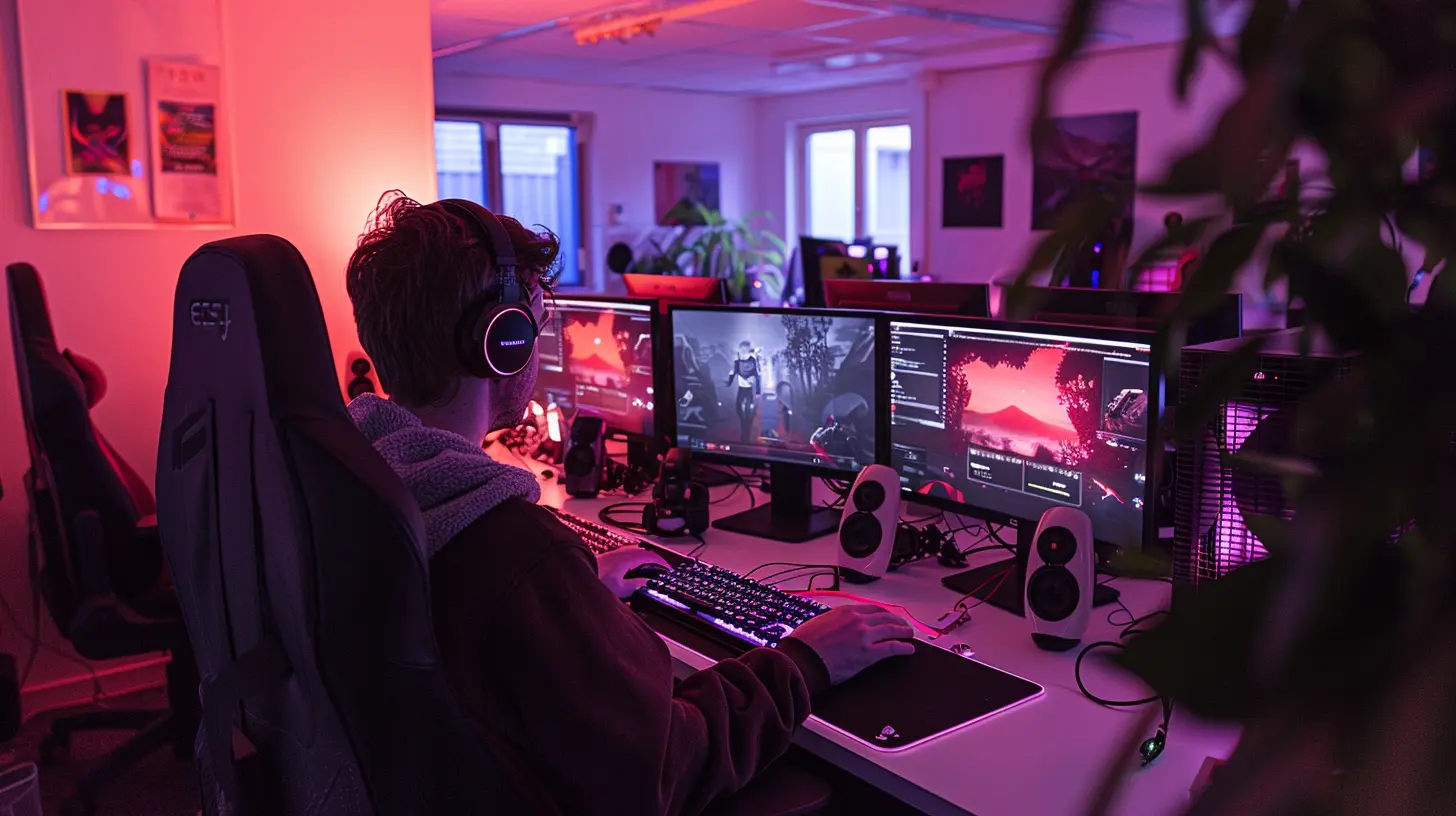
Morning Grind: Starting the Day Right
Forget the stereotypical image of gamers rolling out of bed at noon, bleary-eyed and sluggish. For most professional esports teams, mornings are surprisingly structured. Sure, they may not start at the crack of dawn like a 5 a.m. CrossFit enthusiast, but there’s definitely a routine.The day usually kicks off with something that might surprise you: physical exercise. Wait, what? Physical fitness for gamers? Yep! Contrary to popular belief, esports teams understand the importance of staying in tip-top shape—not just mentally but physically too. Whether it’s a yoga session for flexibility, cardio for stamina, or even some weights to build strength, teams prioritize fitness to keep their reflexes sharp and their minds alert.
Breakfast happens next, and it’s not just a grab-a-pop-tart-and-go affair. Nutritionists or team chefs often step in to whip up high-protein meals to keep energy levels steady throughout the day. Think eggs, oatmeal, fruits, and lots of hydration. Fueling the body is just as important as fueling the mind, especially when you’ve got hours of screen time ahead. 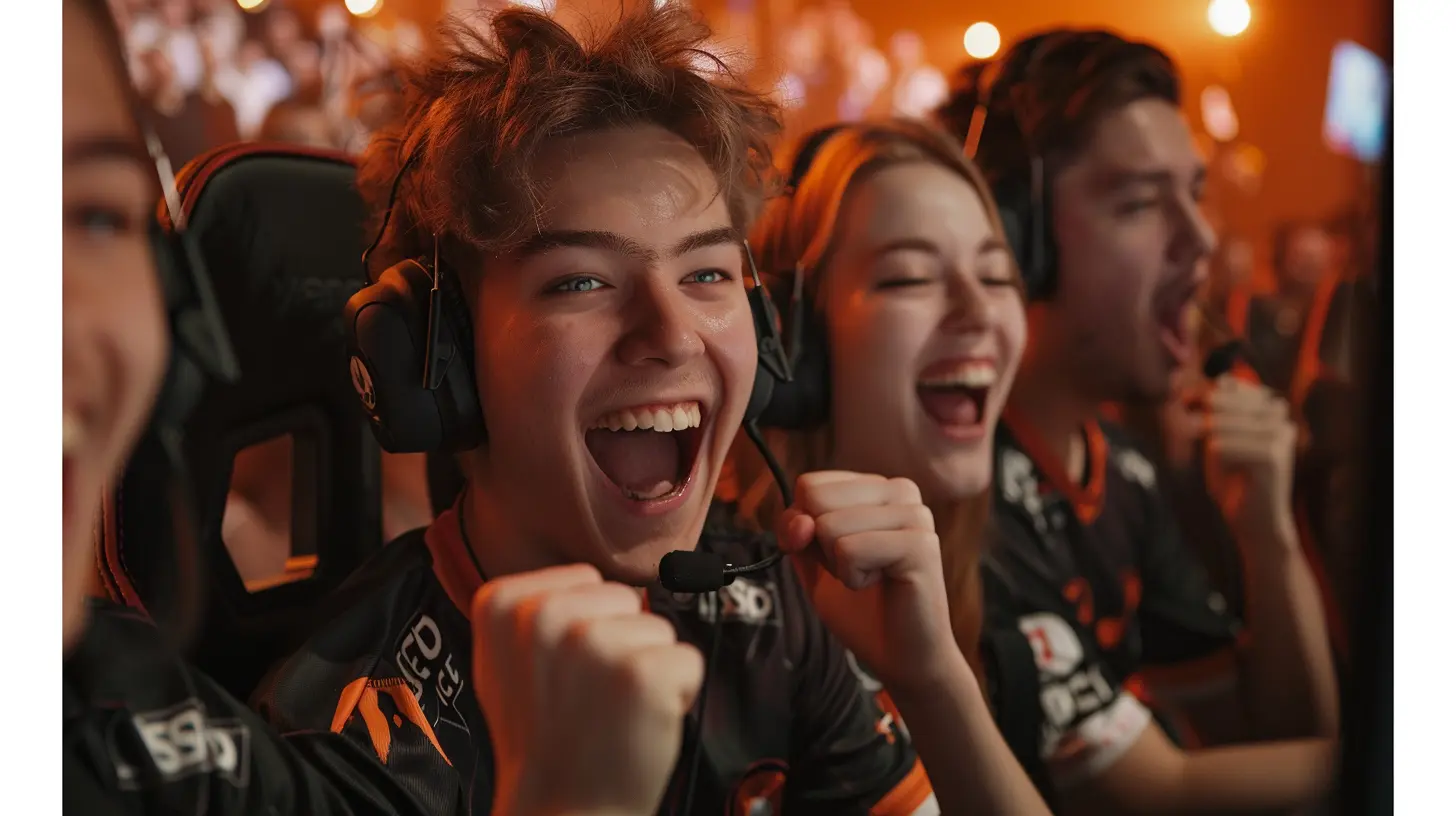
Strategy Talks: Outthinking the Opponent
Once everyone’s awake and caffeinated, it’s time for one of the most critical parts of the day: strategy meetings. This is where the brains behind the brawn (or in this case, the mouse and keyboard) come into action.Esports teams don’t just dive into practice games blindly. Oh no, my friend. They study opponents the way chess players analyze their competition. Coaches and analysts break down game footage from their opponents’ recent matches, meticulously identifying strengths, weaknesses, and tendencies.
It’s a bit like prepping for a high-stakes heist in a blockbuster movie. Everyone gathers around, poring over details, mapping out strategies, and figuring out who needs to play what role. Do they draft aggressively and go for risky plays, or should they bide their time and wait for the perfect opening? Decisions, decisions. 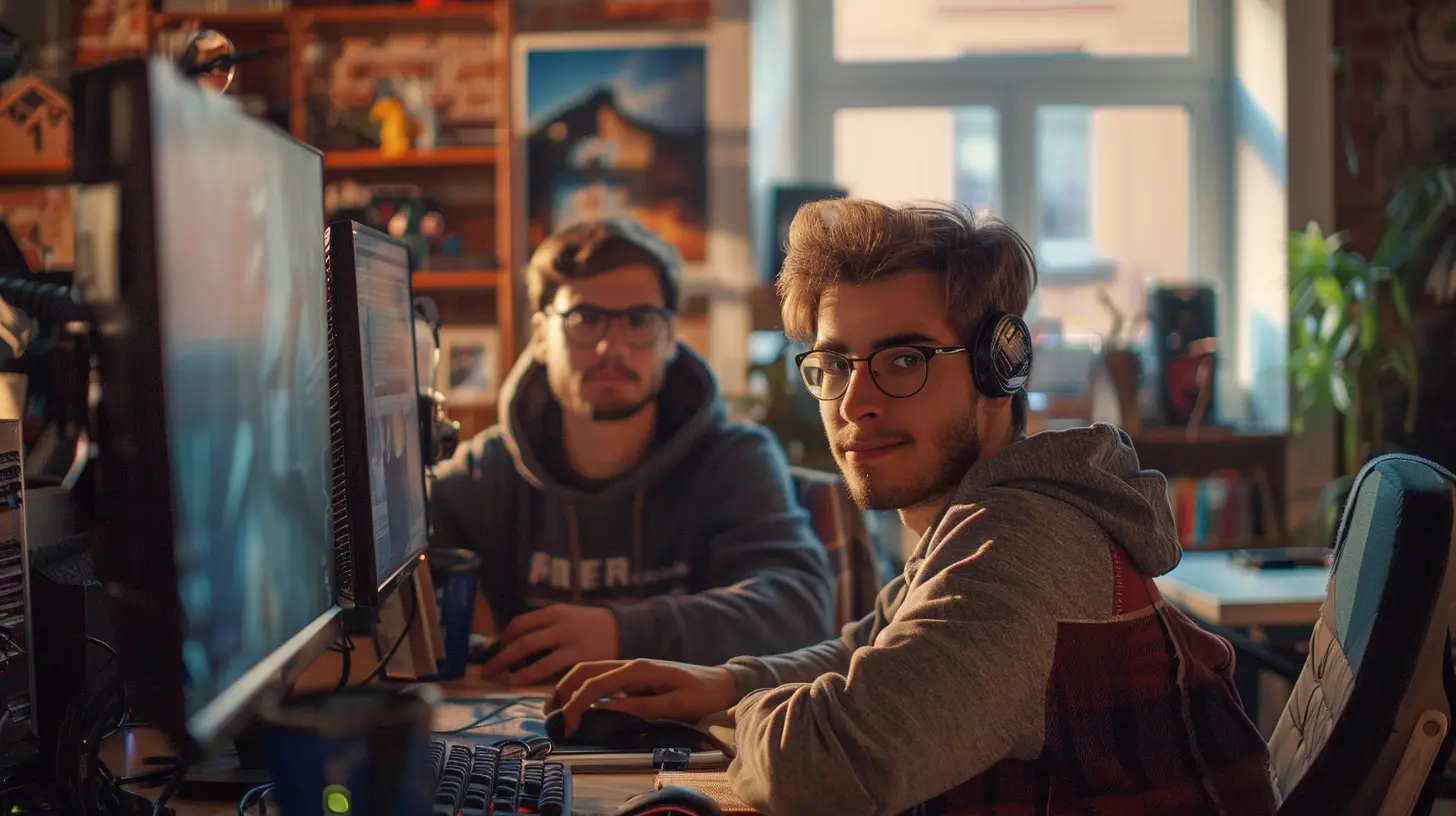
Scrim Time: Practicing to Perfection
When you hear the term “scrims,” know that this is where the magic happens. Scrims—short for scrimmages—are essentially practice matches against other teams. Picture a basketball team running practice games, but instead of a court, it’s a virtual battleground.These scrims are more about testing strategies and honing teamwork than outright winning. Remember that saying, “Practice makes perfect”? In esports, it’s more like “Practice identifies what needs fixing.” Communication is key here. Players constantly call out moves, adjust tactics on the fly, and review what worked (and what didn’t) after every match.
But don’t think it’s all smooth sailing. Scrims can get heated. Imagine spending hours perfecting a strategy only for it to fall flat. Frustration can boil over, but that’s where team chemistry—and a good coach—comes into play. They’re there to keep everyone focused and motivated, even after setbacks. 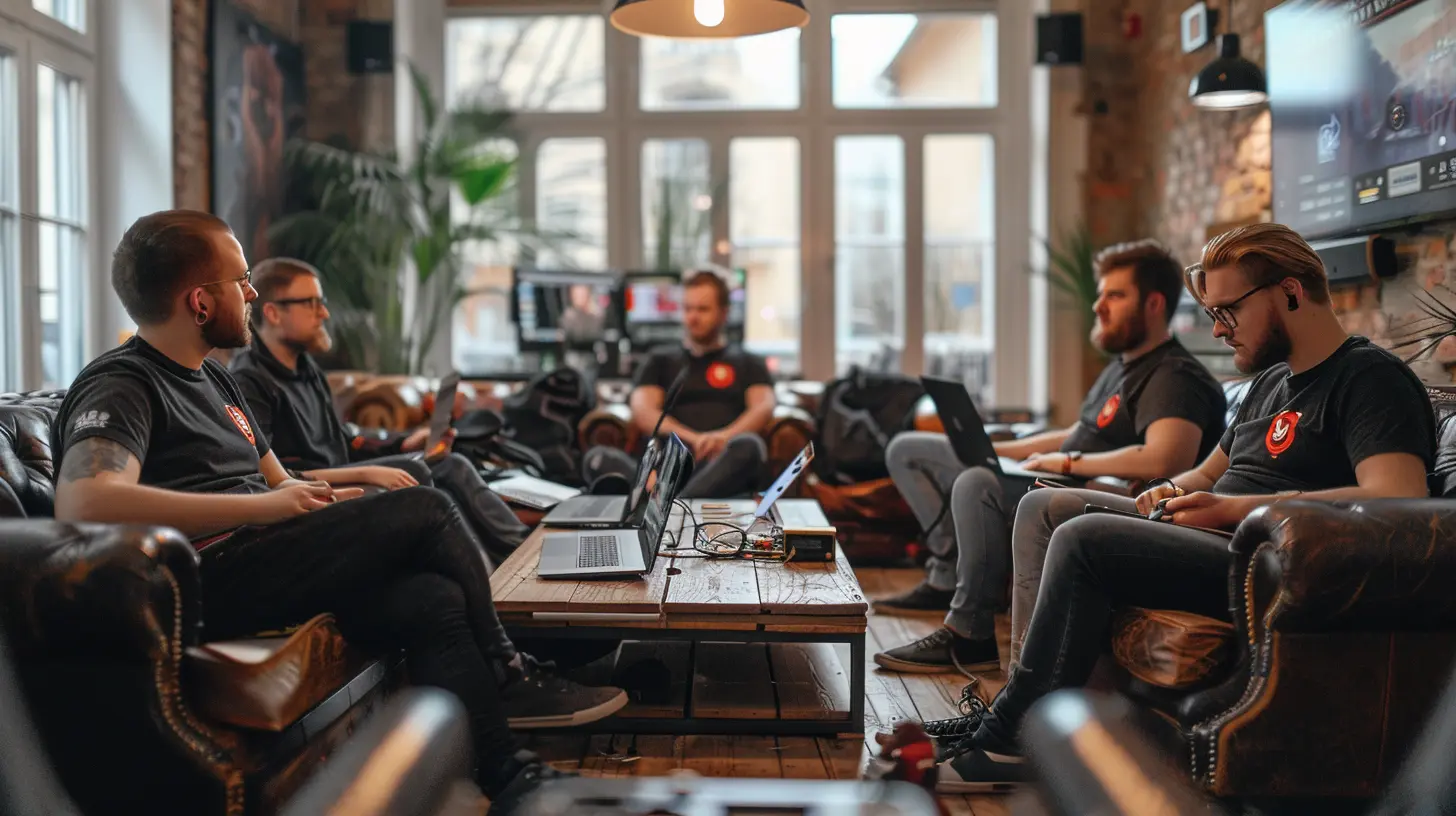
Lunch and Chill: Resetting the Mind
After hours of scrims, it’s time for a much-needed break. Most teams take a midday pause to eat, relax, and reset. Lunch is another nutrition-packed meal, designed to replenish energy for the second half of the day.Then comes some downtime. This isn’t just about flopping on the couch and mindlessly scrolling on their phones (though there’s definitely a bit of that). Players might take this time to nap, meditate, or even play other games casually. No, seriously—sometimes switching to something completely different helps them shake off stress and come back fresh.
Some teams also use this time to catch up with fans on social media, stream games online, or review highlights of their earlier scrims. It’s a mix of relaxation and productivity, all aimed at staying sharp for what’s next.
Afternoon Focus: Solo Practice and Improvement
After the break, the afternoon usually shifts to individual practice. This is where players work on their personal mechanics—aim training, reaction times, micro-decisions, and overall skillset.Think of it like athletes hitting the gym on their own to strengthen specific muscles. For gamers, this could mean grinding ranked matches, testing new champions or characters, or even practicing pinpoint accuracy with specialized training software.
The goal? Be better than they were yesterday. In esports, even being 1% better at something can be the difference between clutching a championship win or losing it all.
Team Review: Analyzing and Adapting
By late afternoon or early evening, the team regroups for a review session. This is where they gather around with their coach to analyze everything they’ve done so far. Remember those scrims from earlier? Now the team digs into replays to identify what went wrong and what went right.This can be an eye-opener. Sometimes, you think you made the right move, but when you see it on playback, you realize it might have been a mistake. And while the feedback can sting a little, it’s always constructive. Teams live by the philosophy that every loss is a lesson.
Evening Sessions: The Final Push
The day isn’t over yet—there’s still work to be done. Evening sessions often involve more scrims or practice. But at this point, the focus shifts towards refining what they’ve learned earlier rather than experimenting too much.There’s also a lot of emphasis on teamwork here. Esports is rarely about one player carrying the team (no matter how often you scream “hard carry” at your screen). It’s about synergy—knowing your teammates’ moves before they make them and working as a well-oiled machine.
By the time these sessions wrap up, the team is usually drained. But there’s also a sense of accomplishment, knowing they’ve put in the hours to improve.
Wrapping Up: Relaxation and Bonding
As the grind winds down, the team finally gets some time to unwind. This might mean hanging out as a group, watching a movie, or even playing games just for fun. Some teams go old-school with board games or trivia nights (because let’s be real, Monopoly rage is a universal bonding experience).Building camaraderie is just as crucial as perfecting gameplay. It’s these moments that help teammates trust each other, both in and out of the game. After all, when you’re in the heat of competition, you need to know the person sitting next to you has your back.
By the time the lights go out, the team is mentally and physically exhausted—but they’re also fired up for what tomorrow holds.
A Glimpse into the World of Esports
So there you have it—a peek behind the scenes of an esports team’s daily grind. It’s a mix of strategy, skill, dedication, and, yes, a good dose of fun. What you see on stage or stream is just the tip of the iceberg. The hours of preparation, the emotional highs and lows, and the unwavering drive to be the best—that’s the real heart of esports.Whether you’re an aspiring player or just someone who appreciates the craft, it’s clear that esports is as demanding as any traditional sport. And for these teams, the grind never stops.

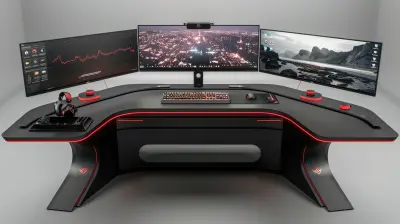
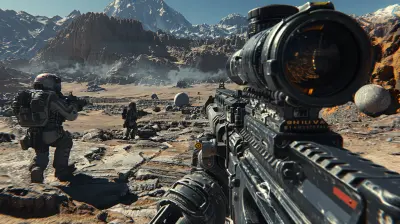


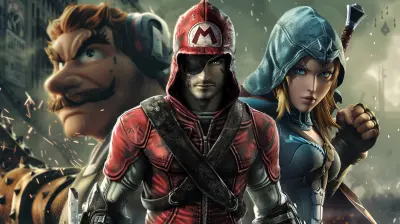

Astra Chapman
What an insightful glimpse into the dedication and passion that fuels esports teams! It’s inspiring to see the hard work and camaraderie that drive these talented players. Great article!
March 22, 2025 at 5:44 PM